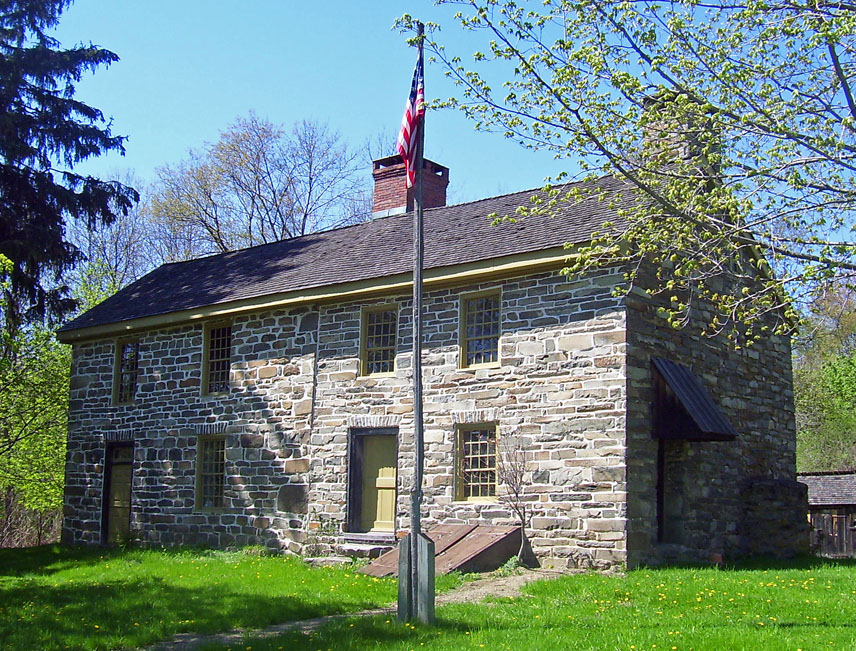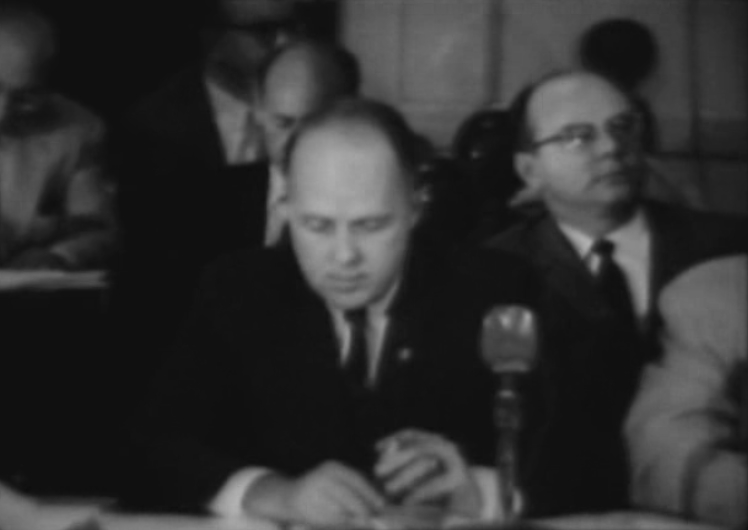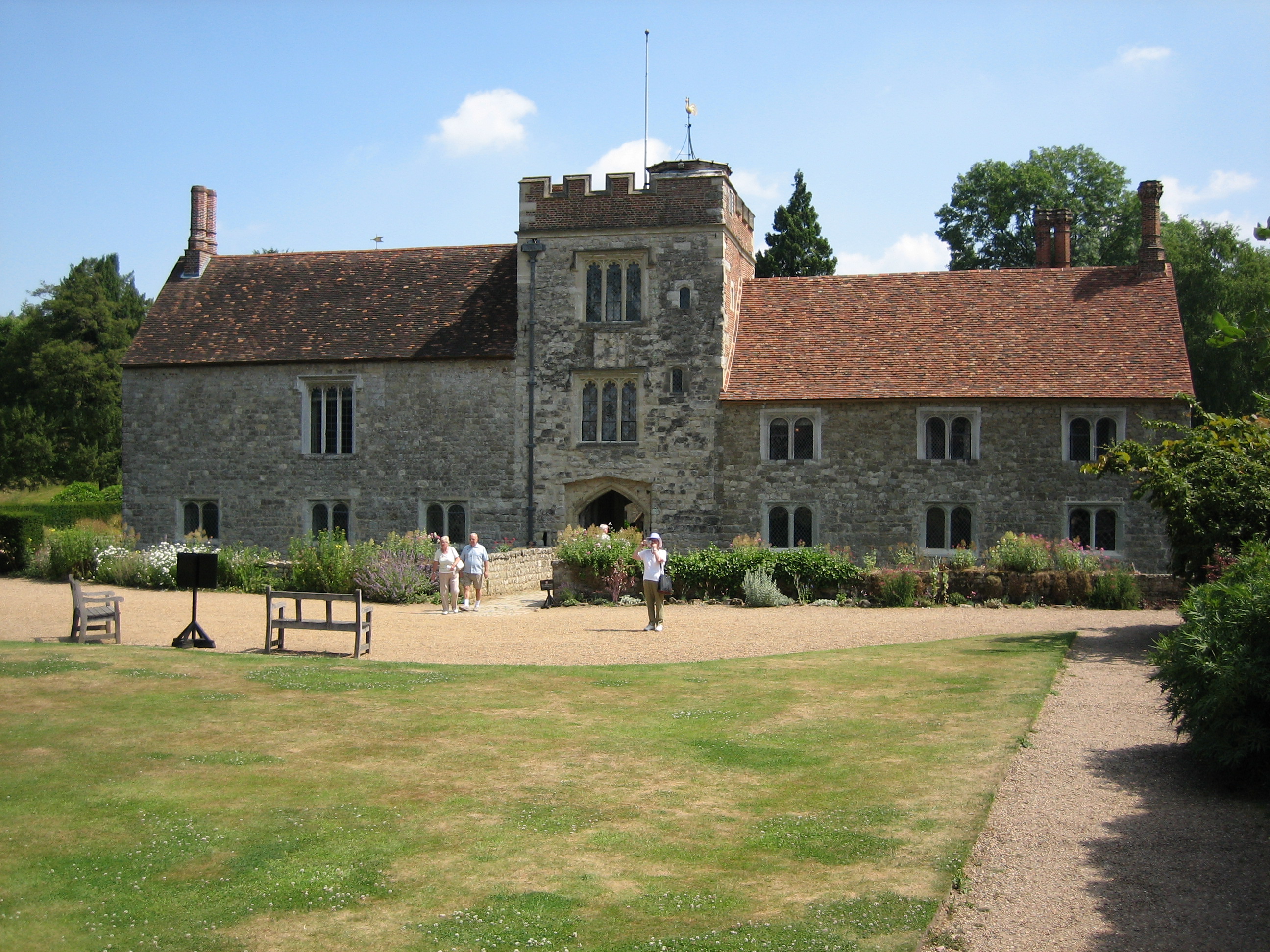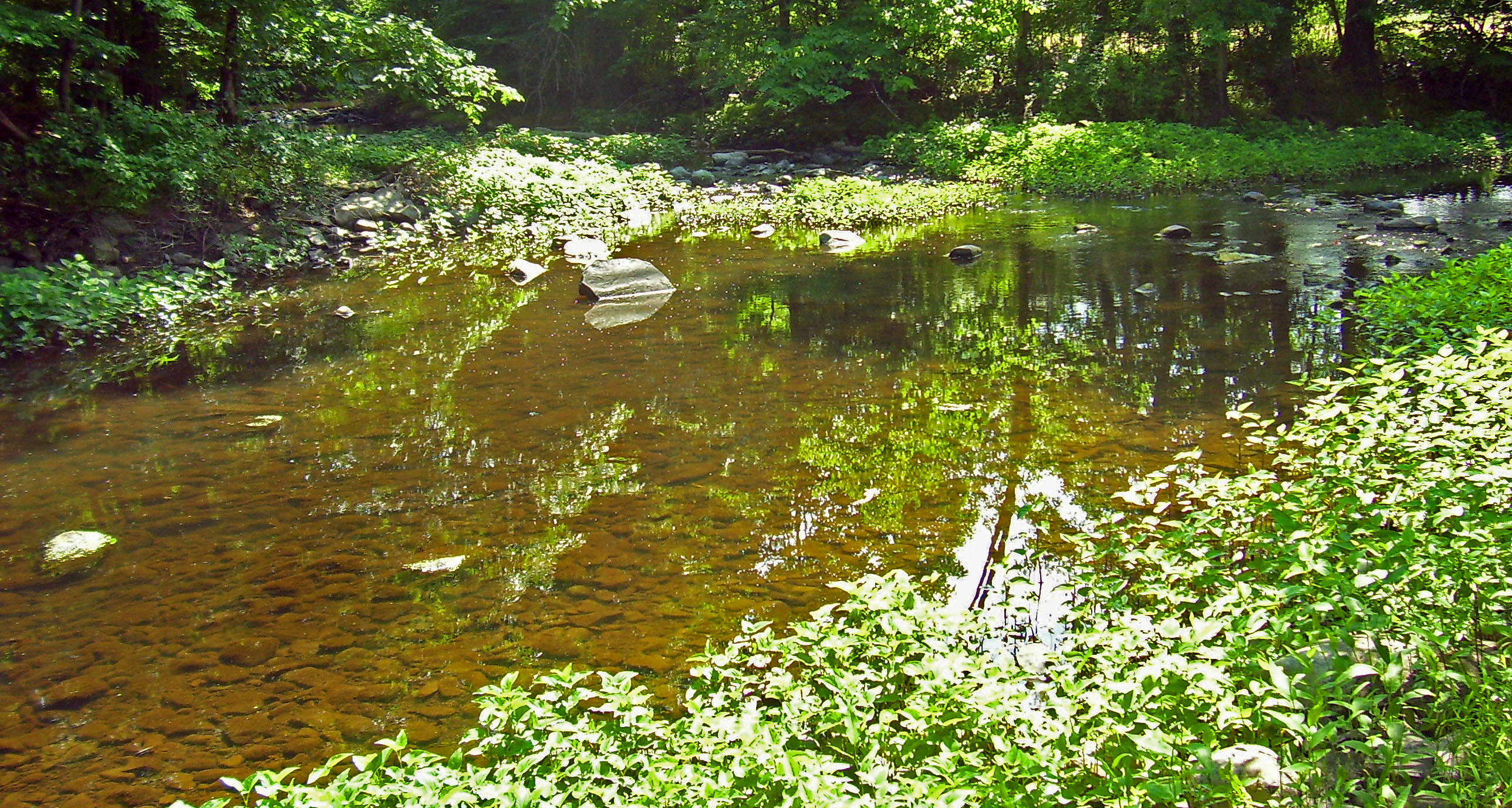|
New Windsor, New York
New Windsor is a town in Orange County, New York, United States. The population was 27,805 at the 2020 census. It is located on the eastern side of the county and is adjacent to the Hudson River and the City of Newburgh. History The region was originally inhabited by the Munsee people, part of the Lenape confederation. The first European settlers were colonists from Scotland who arrived in 1685. New Windsor was founded by the General Assembly of New York on April 5, 1763. European Settlements Settlement rights in the area that now encompasses the town were obtained from the Munsee by Governor Thomas Dongan, who encouraged the settlement of a party of Scottish colonists led by David Toshack, the Laird of Monzievaird, and his brother-in-law Major Patrick McGregorie. They arrived in 1685 and settled in the area overlooking the Hudson River near Moodna Creek. McGregorie is said to have built a cabin north of the creek on Conwanham's Hill at Plum Point, while Toshack set up a tr ... [...More Info...] [...Related Items...] OR: [Wikipedia] [Google] [Baidu] |
Administrative Divisions Of New York
The administrative divisions of New York are the various units of government that provide local government, local services in the American New York (state), state of New York. The state is divided into boroughs of New York City, boroughs, counties, cities, towns, and villages. (The only boroughs, the five boroughs of New York City, have the same boundaries as their respective counties.) They are municipal corporations, chartered (created) by the New York State Legislature, as under the Constitution of New York, New York State Constitution the only body that can create governmental units is the state. All of them have their own governments, sometimes with no paid employees, that provide local services. Centers of population that are not incorporated and have no government or local services are designated Administrative divisions of New York (state)#Hamlet, hamlets. Whether a municipality is defined as a borough, city, town, or village is determined not by population or land are ... [...More Info...] [...Related Items...] OR: [Wikipedia] [Google] [Baidu] |
Newburgh, New York
Newburgh is a City (New York), city in Orange County, New York, United States. With a population of 28,856 as of the 2020 United States census, 2020 census, it is a principal city of the Kiryas Joel–Poughkeepsie–Newburgh metropolitan area. Located north of New York City, and south of Albany, New York, Albany on the Hudson River within the Hudson Valley, Hudson Valley Area, the city of Newburgh is located near Stewart International Airport, one of the primary airports for Downstate New York. The Newburgh area was first settled in the early 18th century by the German Americans, Germans and British Americans, British. During the American Revolution, Newburgh served as the headquarters of the Continental Army. Prior to its chartering in 1865, the city of Newburgh was part of the Newburgh (town), New York, town of Newburgh; the town now borders the city to the north and west. East of the city is the Hudson River; the city of Beacon, New York, Beacon is across the river and it i ... [...More Info...] [...Related Items...] OR: [Wikipedia] [Google] [Baidu] |
Badge Of Military Merit
The Badge of Military Merit was an award for non-commissioned officers and soldiers of the Continental Army. It is considered America's first military decoration, and the second oldest in the world (after the Cross of St. George). Non commissioned officers and soldiers of the Continental Army were eligible. Renamed as the Purple Heart, it was ordered redesigned in 1931, and was re-commissioned in 1932 by General Douglas MacArthur in honor of George Washington’s bicentennial. History The Badge of Military Merit was first announced in General George Washington's general orders to the Continental Army issued on August 7, 1782, at the Headquarters in Newburgh. Designed by Washington in the form of a purple heart, it was intended as a military order for soldiers who exhibited, "not only instances of unusual gallantry in battle, but also extraordinary fidelity and essential service in any way". First awards The writings of General Washington indicate that three badges, two Honora ... [...More Info...] [...Related Items...] OR: [Wikipedia] [Google] [Baidu] |
American Revolutionary War
The American Revolutionary War (April 19, 1775 – September 3, 1783), also known as the Revolutionary War or American War of Independence, was the armed conflict that comprised the final eight years of the broader American Revolution, in which American Patriot (American Revolution), Patriot forces organized as the Continental Army and commanded by George Washington defeated the British Army during the American Revolutionary War, British Army. The conflict was fought in North America, the Caribbean, and the Atlantic Ocean. The war's outcome seemed uncertain for most of the war. However, Washington and the Continental Army's decisive victory in the Siege of Yorktown in 1781 led King George III and the Kingdom of Great Britain to negotiate an end to the war in the Treaty of Paris (1783), Treaty of Paris two years later, in 1783, in which the British monarchy acknowledged the independence of the Thirteen Colonies, leading to the establishment of the United States as an independent and ... [...More Info...] [...Related Items...] OR: [Wikipedia] [Google] [Baidu] |
Ulster County, New York
Ulster County is a County (United States), county in the U.S. state of New York (state), New York. It is situated along the Hudson River. As of the 2020 United States census, 2020 census, the population was 181,851. The county seat is Kingston, New York, Kingston. The county is named after the Irish Provinces of Ireland, province of Ulster. The county is part of the Hudson Valley region of the state. History Founding and formation When part of the New Netherland colony, Dutch traders first called the area of present-day Ulster County "Esopus", a name borrowed for convenience from a locality on the opposite side of the Hudson. "Esopus" meant "land of flowing water and high banks," or "small brook." There is also a town named Esopus, New York, Esopus located within Ulster County. The local Lenape indigenous people called themselves Waranawanka, but soon came to be known to the Dutch as the "Esopus Indians" because they were encountered around the settlement known as Esopus. In 1 ... [...More Info...] [...Related Items...] OR: [Wikipedia] [Google] [Baidu] |
Richard Coote, 1st Earl Of Bellomont
Richard Coote, 1st Earl of Bellomont (1636 – 5 March 1700/01In the Julian calendar, then in use in England, the year began on 25 March. To avoid confusion with dates in the Gregorian calendar, then in use in other parts of Europe, dates between January and March were often written with both years. Dates in this article are in the Julian calendar unless otherwise noted.), styled as The Lord Coote from 1683 to 1689, was an Anglo-Irish politician and colonial administrator who represented Droitwich in the House of Commons of England from 1688 to 1695. He was a prominent Williamite, supporting William III and Mary II during the Glorious Revolution. In 1695, Coote was given commissions as governor of the English overseas possessions of New York, Massachusetts Bay, and New Hampshire, which he held until his death. He did not arrive in North America until 1698, and spent most of his tenure as governor in New York. Coote spent a little over a year in Massachusetts, and on ... [...More Info...] [...Related Items...] OR: [Wikipedia] [Google] [Baidu] |
Lord Of The Manor
Lord of the manor is a title that, in Anglo-Saxon England and Norman England, referred to the landholder of a historical rural estate. The titles date to the English Feudalism, feudal (specifically English feudal barony, baronial) system. The lord enjoyed Manorialism, manorial rights (the rights to establish and occupy a residence, known as the manor house and demesne) as well as seignory, the right to grant or draw benefit from the estate (for example, as a landlord). The title is not a peerage or title of upper nobility (although the holder could also be a peer) but was a relationship to land and how it could be used and those living on the land (tenants) may be deployed, and the broad estate and its inhabitants administered. The title continues in modern England and Wales as a legally recognised form of property that can be held independently of its historical rights. It may belong entirely to one person or be a moiety title, moiety shared with other people. The title is know ... [...More Info...] [...Related Items...] OR: [Wikipedia] [Google] [Baidu] |
Moodna Creek
Moodna Creek () is a small tributary of the Hudson River that drains eastern Orange County, New York, Orange County, New York (state), New York. At 15.5 miles (25 km)Nolan, J. Kelly; April 2004; ; Hudson Basin River Watch; retrieved June 29, 2007. in length from its source at the confluence (geography), confluence of Cromline Creek and Otter Kill west of Washingtonville, New York, Washingtonville, it is the longest stream located entirely within the county. Despite its small size relative to the Hudson, it has been a major influence on the topography of eastern central Orange County. Its drainage basin, watershed, including not only both its parent streams but Woodbury Creek as well, reaches as far inland as Warwick, New York, Warwick as well as 21 other area communities. Near Salisbury Mills, New York, Salisbury Mills it is crossed by the Moodna Viaduct, the longest actively used railroad Trestle bridge, trestle Eastern United States, east of the Mississippi. Na ... [...More Info...] [...Related Items...] OR: [Wikipedia] [Google] [Baidu] |
Monzievaird
Monzievaird () is a location in Scotland, situated west of Crieff, within the Highland district of Perth and Kinross. The village of Monzie (pronounced "Mon-ee") lies a few miles to the east-northeast. Name The place was originally named ''Muithauard'' around 1200 and ''Moneward'' in 1203. Two different etymologies are proposed for the name. The first suggests that the name is derived from the Gaelic ''magh'' + ''bard'', meaning "plain of the bards". Locals pronounce it as "Mon-ee-vaird". According to this interpretation, the name of the nearby village of Monzie is unrelated, except for influencing the pronunciation of the first syllable "Monz" as "Mon" in linguistic sympathy. The second etymology proposes that Monzievaird derives from ''magh'' ("plain") and ''edha'' (the genitive case of ''edh'' or ''iodh'', meaning "corn"), combined with the Old Saxon, Saxon ''vaird'' or ''ward'', meaning "enclosure". This would render the meaning as "place where corn is stored". Under this i ... [...More Info...] [...Related Items...] OR: [Wikipedia] [Google] [Baidu] |
Laird
Laird () is a Scottish word for minor lord (or landlord) and is a designation that applies to an owner of a large, long-established Scotland, Scottish estate. In the traditional Scottish order of precedence, a laird ranked below a Baronage of Scotland, baron and above a gentleman. This rank was held only by those holding official recognition in a territorial designation by the Lord Lyon King of Arms. They are usually styled [''name''] [''surname''] of [''lairdship'']. However, since "laird" is a Courtesy titles in the United Kingdom, courtesy title, it has no formal status in law. Historically, the term bonnet laird was applied to rural, petty landowners, as they wore a Bonnet (headgear)#Men, bonnet like the non-landowning classes. Bonnet lairds filled a position in society below lairds and above Husbandman, husbandmen (farmers), similar to the Yeoman, yeomen of England. An Internet fad is the selling of tiny souvenir plots of Scottish land and a claim of a "laird" title to go ... [...More Info...] [...Related Items...] OR: [Wikipedia] [Google] [Baidu] |
Thomas Dongan
Thomas Dongan, 2nd Earl of Limerick (1634 – 14 December 1715) was an Irish military officer and colonial administrator who served as the governor of New York from 1683 to 1688. He called the first representative legislature in the Province of New York and granted the colony's first charter of liberties. Dongan's negotiations and subsequent alliance with the Iroquois brought a degree of security from attacks by the French and their Indian allies. Early life and family Dongan was born in 1634 into an old Gaelic Norman (Irish Catholic) family in Castletown Kildrought (now Celbridge), County Kildare, in the Kingdom of Ireland, the seventh and youngest son of Sir John Dongan, 2nd Baronet, Member of the Irish Parliament, and his wife Mary Talbot, daughter of Sir William Talbot, 1st Baronet, and Alison Netterville. Driscoll, 1913, pp. 130–131 Dongan's maternal uncles were Peter Talbot, Archbishop of Dublin (1673–1679), and Richard Talbot, 1st Earl of Tyrconnell, who was lord ... [...More Info...] [...Related Items...] OR: [Wikipedia] [Google] [Baidu] |
Scotland
Scotland is a Countries of the United Kingdom, country that is part of the United Kingdom. It contains nearly one-third of the United Kingdom's land area, consisting of the northern part of the island of Great Britain and more than 790 adjacent Islands of Scotland, islands, principally in the archipelagos of the Hebrides and the Northern Isles. To the south-east, Scotland has its Anglo-Scottish border, only land border, which is long and shared with England; the country is surrounded by the Atlantic Ocean to the north and west, the North Sea to the north-east and east, and the Irish Sea to the south. The population in 2022 was 5,439,842. Edinburgh is the capital and Glasgow is the most populous of the cities of Scotland. The Kingdom of Scotland emerged as an independent sovereign state in the 9th century. In 1603, James VI succeeded to the thrones of Kingdom of England, England and Kingdom of Ireland, Ireland, forming a personal union of the Union of the Crowns, three kingdo ... [...More Info...] [...Related Items...] OR: [Wikipedia] [Google] [Baidu] |







